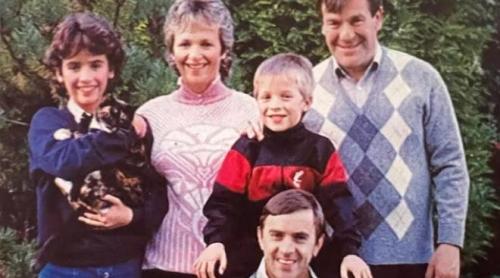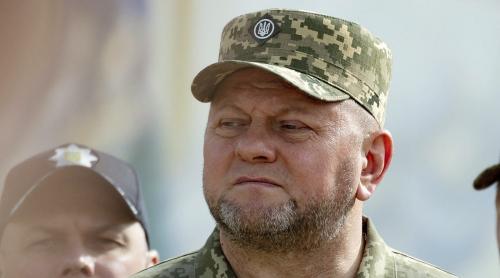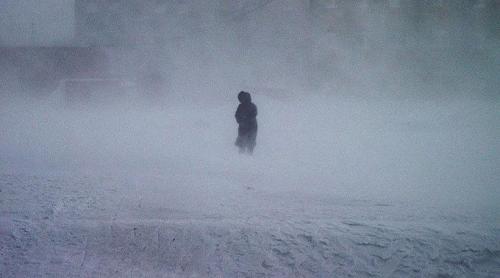
The National Archives has in its deposits "priceless" proofs of the Romaniansâ love for the first granger of the country, Nicolae Ceausescu. The hosannas for Elena Ceausescu are represented by all kinds of letters and albums or diplomas.
A good thought from the heart of a proud communist or a secret thought. A letter full of eulogies that got to Nicolae Ceausescu could have taken you, sometimes, a lot higher. You could have got closer to the grand sickle or to the beautiful Stalinist hammer from the heart of the Romanian emblem. Ladies and gentlemen, LOVE PROOFS!!! IMMORTAL "At first, they were some spontaneous proofs of sympathy, if not love, because the letters are sent by simple people to the general secretary out of their own initiative. The tributes are diverse: some are simple, but some are very complex and sophisticated from the point of view of the execution technique", Alina Pavelescu, superior inspector at the National Archives, the Publications, Scientific and Cultural-Educative Activities Service, said. When you look with your own eyes at the letters and albums dedicated to the two former leaders of the communist era makes you wonder, at first, and laugh afterwards. So many epithets and metaphors⦠even more than in poems. If the sender had a special reason, you could have easily used some letters and postal cards as calligraphy manuals. THE SPECIALISTâS OPINION "It is interesting that, for the Ceausescu period, from â69 to â89, the letters have at first a spontaneous style, which is the evidence of the characterâs effective popularity, and they reach to an official, elaborated and very costing style: they had gold insertions. It is spectacular when the beginning is a plain sheet of paper and the final result is a huge album plated with gold. It is clear that monumental was setting its seal on the dictatorship or it became representative for the literature. From the historical perspective, I can observe the way in which it evolves from spontaneous to official, from the manifestation of real sympathy to lies and even historical fakes, and, sometimes, from very natural to very sophisticated", Pavelescu explains. |
ELENA. The First Lady, in Her Green Days |
Citește pe Antena3.ro













